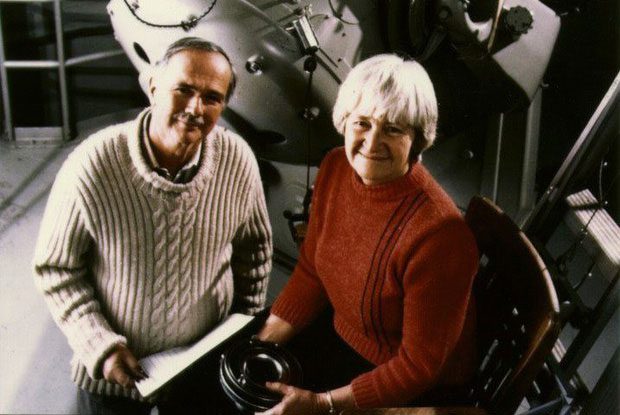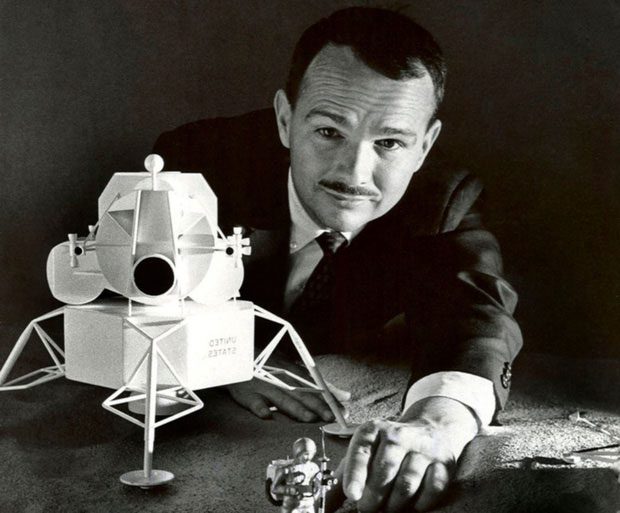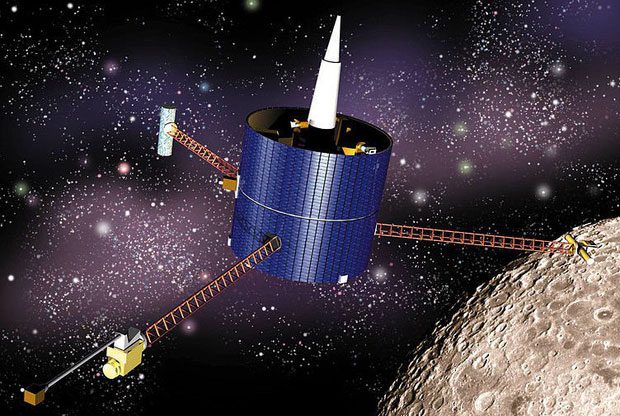50 Years After the Apollo Mission: 12 Humans Walked on the Moon, and Dozens Were Laid to Rest in Space. Among them is Eugene Shoemaker – one of the greatest minds of the 20th century and the only human to rest on the Moon.
The memorial stone for him on Earth clearly states: “Lived once, buried twice”, referring to Shoemaker being laid to rest both at home and on the distant Moon.
Eugene Shoemaker (affectionately known as Gene by friends and family) was one of the great minds of the 20th century.

Eugene Shoemaker is the only person buried on the Moon.
A Burning Dream of Reaching the Moon That Remained Unfulfilled
The name of this scientist is already well-known in the scientific community. He, along with his wife Carolyn and colleague David Levy, discovered the famous Shoemaker-Levy 9 comet, which collided with Jupiter. This event made headlines around the world in 1994, marking the first time humanity witnessed two celestial bodies in the Solar System collide.

Shoemaker had long loved the Moon.
He made significant contributions to science by applying his geological knowledge to astronomy, helping to establish the field of planetary science. One of his notable achievements was the establishment of the Astrogeology Research Program – a project under the U.S. Geological Survey.
His research on meteorite craters had a tremendous impact on understanding the extinction of dinosaurs and supported the Apollo missions that took humans to the Moon.
Shoemaker had always dreamed of sitting in a spacecraft to reach and study this small planet. Unfortunately, he never had the chance to fulfill that dream due to a kidney disease that extinguished his aspirations.
Instead, he trained Apollo mission astronauts in geological knowledge relevant for lunar travel.

Eugene Shoemaker.
Becoming the First to Rest on the Moon
After the Moon missions concluded, Gene continued to study and observe planets and celestial bodies, traveling around the world to research Earth and further contributing to both astronomy and geology.
A tragedy struck. While exploring a volcanic crater in Australia in 1997, Gene was involved in a car accident and passed away on July 18, leaving many in mourning. However, it seems his adventure was not yet over. The dream he could not fulfill in life was finally “given wings” upon his passing.
A close colleague of Gene – Carolyn Porco wanted to help her friend achieve his dream of becoming an astronaut and sought ways to take him to the Moon. Fortunately, due to the achievements and contributions Gene made to science, Carolyn Porco did not have much difficulty convincing NASA, who agreed to honor the late scientist by sending his ashes to the Moon.

On January 6, 1998, NASA launched a probe to the Moon’s southern pole carrying 28 grams of Shoemaker’s ashes. The ashes were carefully encased in a brass plate engraved with his name, date, an image of the Hale-Bopp comet, the Arizona meteor crater (where he trained Apollo astronauts), and a quote from “Romeo and Juliet”, one of the greatest masterpieces of world literature by William Shakespeare:
And, when he shall die,
Cut him out in little stars,
And he will make the face of heaven so fine
That all the world will be in love with night
And pay no worship to the garish sun.
The Lunar Prospector lifted off from Cape Canaveral Air Force Station in Florida on January 6, 1998. More than a year later, at the conclusion of its research mission, the spacecraft was controlled to crash near the southern pole, with Shoemaker’s ashes remaining on the Moon.
Celestis hopes that more people will be buried on the Moon in the future. However, currently, Shoemaker is the only person in history to rest in this distant land. “Whenever we look up at the Moon, we will always know Eugene is up there,” Carolyn Shoemaker shared in a press release in 1998.
Efforts to Send the Ashes of 66 Famous People to the Moon Recently, Celestis has launched its second mission – named Tranquility. A capsule containing the ashes and DNA of 66 deceased celebrities has been sent aboard the Peregrine spacecraft to be buried on the Moon. The Peregrine spacecraft was launched into space by the Vulkan rocket at 2:18 AM on January 8 (local time) from Cape Canaveral, Florida, USA. If all goes well, the spacecraft is expected to land in the northeastern part of the Moon on February 23 and remain there forever. However, on the evening of January 8 (Vietnam time), the company reported that “an anomaly occurred, preventing the craft from achieving a stable trajectory towards the sun.” The company is currently analyzing data and addressing the issue. The Navajo Nation – a semi-autonomous territory of Native Americans in the southwestern United States – has criticized the efforts to bury ashes on the Moon for ignoring the sacred nature of the Moon in many indigenous cultures. Leaders of the Navajo Nation described this as a “sacrilege of sacred space.” |


















































